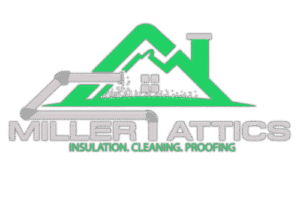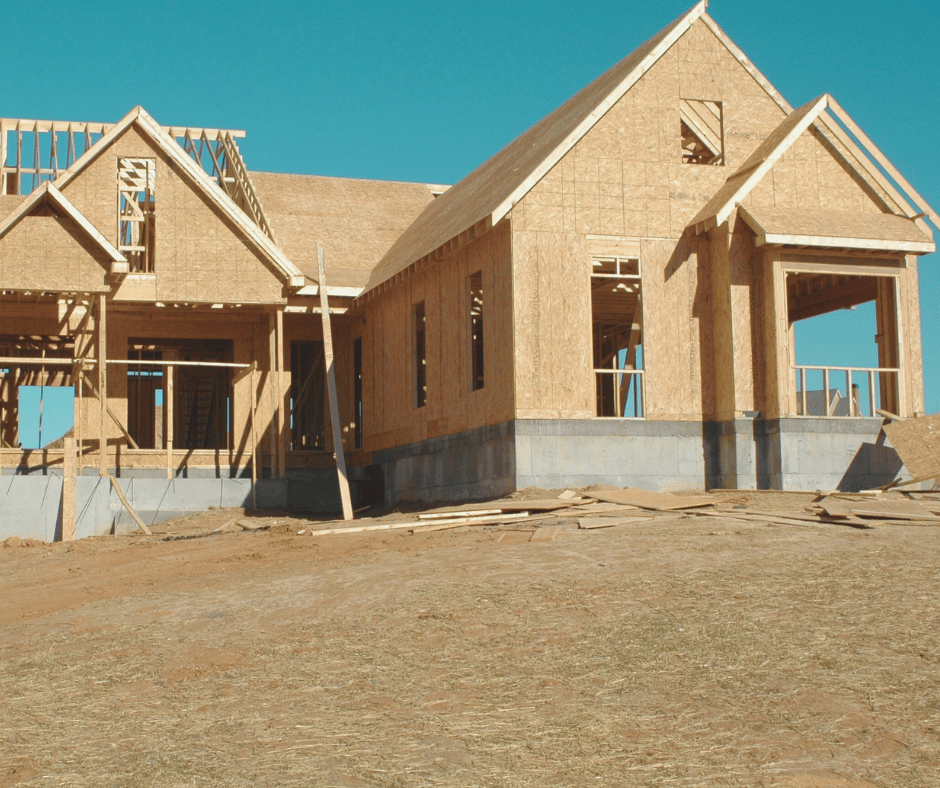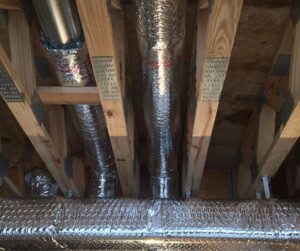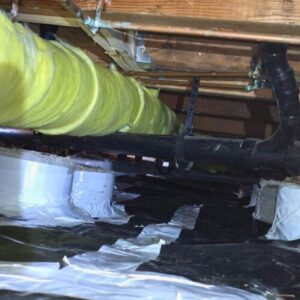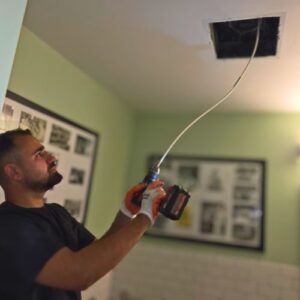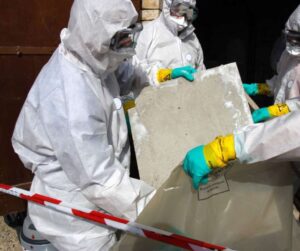Living and working in California, I’ve seen more than my fair share of brutally hot summers. As someone who spends his days inside attics, I can tell you: the attic is where heat collects and where it causes the most damage to comfort and efficiency. That’s why I’m such a strong believer in Radiant Barrier Installation. It’s one of the most effective ways I’ve found to block radiant heat, keep homes cooler, and cut down on energy bills.
Over the years, I’ve had countless homeowners call me in frustration, saying, “Our AC never stops running, and it still doesn’t feel cool inside.” Most of the time, the attic is to blame. When sunlight beats down on your roof, the temperature inside the attic can soar past 140°F. Without protection, all that heat radiates into your living space. That’s where a radiant barrier attic solution makes a world of difference.
Why Radiant Barrier Installation Works So Well
I’ll never forget one of my early jobs installing a radiant heat barrier. A family in Sonoma had a beautiful home with a new HVAC system, but their upstairs bedrooms were always hot. When I checked their attic, it felt like stepping into a furnace. Even with insulation in place, the radiant heat pouring through the roof was overwhelming.
That’s when I explained how Radiant Barrier Installation works. Unlike traditional heat insulation, which slows the transfer of heat, a radiant barrier reflects it—up to 97% of radiant energy. Instead of letting the attic soak up heat like a sponge, the barrier bounces it back out. The result is a much cooler attic and a home that’s easier to keep comfortable.
Once we installed the attic radiant barrier, the difference was immediate. The upstairs bedrooms that had been unbearable in July were suddenly livable. The family told me their AC cycled less often, and their first utility bill after the installation showed real savings.
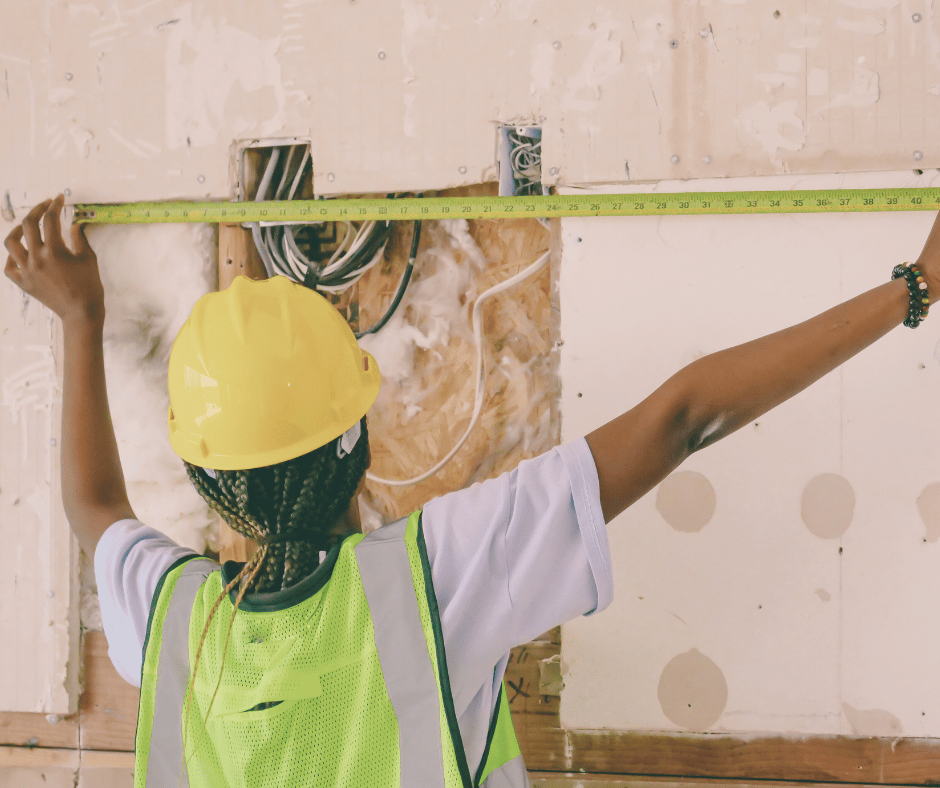
How We Handle a Radiant Barrier Installation
Every home is different, but the goal is always the same: reflect as much radiant heat as possible. When I’m called for a Radiant Barrier Installation, I start by inspecting the attic layout. Some attics are better suited for stapled barriers along the rafters, while others work best with foil-backed sheathing.
Step 1: Preparation
We clear pathways, check ventilation, and make sure the attic is safe to work in.
Step 2: Installing the Barrier
For most homes, we staple the reflective material to the underside of the roof rafters. This creates a shield between the hot roof and the rest of the attic. In other cases, we use foil-backed boards as an integrated radiant heat barrier.
Step 3: Finishing Touches
We double-check coverage, especially in tricky corners. Even small gaps can reduce effectiveness. We also make sure airflow isn’t blocked—ventilation plus reflection equals the best results.
By the end of a proper Radiant Barrier Installation, the attic temperature can drop by 20–30 degrees compared to before. That’s a game-changer for the whole house.
A Real Story That Proved the Value
One job that sticks with me was for a retired couple in Napa. They had already invested in attic insulation years earlier, but they still complained that their home felt like a sauna in the afternoons. When I measured attic temps, I saw why—it was nearly 150°F up there.
They were skeptical at first, but after hearing about Radiant Barrier Installation, they decided to give it a try. We installed a full attic radiant barrier system over two days. The difference was unbelievable. A week later, the husband called me and said, “We’ve lived here for 20 years, and this is the first summer we don’t feel like prisoners in our own living room.”
That’s the kind of feedback that reminds me why I love this work. I’ve seen Radiant Barrier Installation change not just how a house performs, but how people feel inside it.
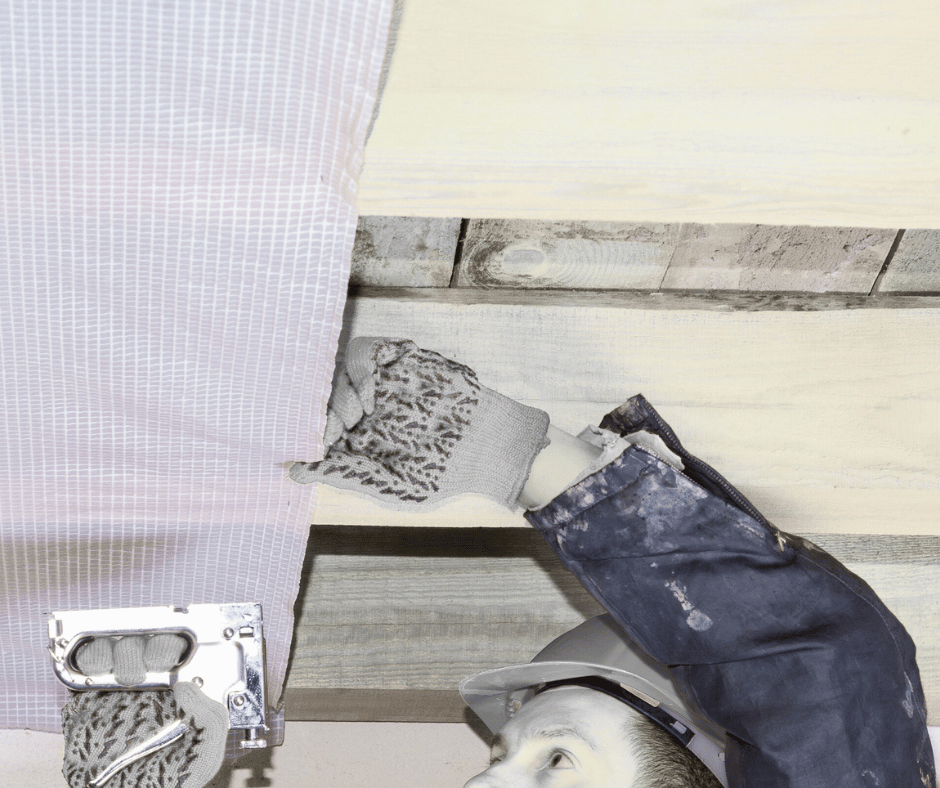
The Benefits I’ve Seen Firsthand
Over the years, I’ve noticed four big benefits that keep homeowners happy after a Radiant Barrier Installation:
- Cooler Homes – By reducing attic heat, the living spaces below stay much more comfortable.
- Lower Bills – With less strain on the AC, energy costs drop. I’ve seen savings of 10–20%.
- Longer HVAC Life – When the system doesn’t have to work as hard, it lasts longer.
- Better Comfort Year-Round – Even in winter, a radiant heat barrier can help stabilize indoor temperatures.
It’s not just theory—I’ve seen these results in homes across Sonoma, Marin, and Napa counties.
Radiant Barrier Installation vs. Traditional Heat Insulation
A lot of people ask me whether Radiant Barrier Installation replaces traditional insulation. The truth is, the two systems aren’t competitors—they’re partners. Each one addresses heat transfer in a different way, and together they provide the most effective protection for your home.
How Traditional Heat Insulation Works
Traditional heat insulation, like fiberglass batts or blown-in cellulose, slows down the flow of heat through conduction and convection. Think of it like a thick sweater: it doesn’t stop the cold air from touching you, but it slows down how fast your body loses heat. In the same way, attic insulation slows the rate at which heat moves into or out of your home.
Without it, your home would heat up and cool down rapidly, leaving your HVAC system to constantly compensate. Proper insulation is absolutely essential for energy efficiency—but by itself, it still allows radiant heat from the roof to penetrate into the attic. That’s where the barrier comes in.
How a Radiant Heat Barrier Works
Unlike insulation that absorbs or resists heat flow, a radiant heat barrier reflects heat away. When sunlight strikes your roof, up to 97% of the radiant energy can be bounced back before it ever enters your attic. Instead of allowing your attic to turn into a furnace, the barrier keeps it cooler from the start.
This reflective property is especially powerful in sunny climates like California, where the majority of heat gain in the summer is radiant heat, not just conductive heat. That’s why I often tell clients: a radiant barrier attic system is like putting sunglasses on your home—it filters out the harshest part of the sun before it causes damage.
Why They Work Best Together
The real magic happens when Radiant Barrier Installation and traditional attic insulation are combined. The radiant barrier blocks the majority of incoming heat, while the insulation slows down whatever heat does make it through. Together, they form a two-layer defense system that keeps attics significantly cooler and homes much more comfortable.
I’ve been in homes where we added a radiant barrier on top of existing insulation, and the homeowners immediately noticed the difference. Rooms that had always been hot in the summer were suddenly livable, and utility bills dropped. In fact, many of my clients tell me that after combining both systems, they can set their thermostats higher in the summer and still feel comfortable—saving even more money.
My Professional Takeaway
After years of doing both types of installations, I can say with confidence: if you only install one, you’re leaving potential on the table. Radiant Barrier Installation by itself is excellent for blocking heat, and traditional insulation by itself is critical for slowing down energy transfer. But together, they maximize efficiency, reduce HVAC strain, and give you the best long-term return on your investment.
Is Radiant Barrier Installation Worth It?
I get this question often, usually from homeowners searching for ways to lower cooling bills. My answer is always yes—if you live in a hot climate, the payback is real.
The upfront cost of a Radiant Barrier Installation is usually modest compared to what people think. And when you factor in reduced energy bills, the system often pays for itself in just a few years. Add in the comfort benefits, and the value is clear.
For me, the biggest payoff is seeing homeowners rediscover parts of their house they’d been avoiding because of the heat. A properly installed attic radiant barrier makes that possible.
Lessons I’ve Learned Along the Way
After dozens of radiant barrier projects, here are a few truths I’ve picked up:
- Details matter – Miss a gap, and heat will find its way through.
- Ventilation is key – A radiant heat barrier plus poor airflow won’t perform at its best.
- Every attic is unique – Cookie-cutter installations don’t work; customization does.
The homes where I’ve seen the best results are the ones where we took the time to evaluate and install carefully.
Wrapping It Up
Looking back, I can say without hesitation that Radiant Barrier Installation is one of the smartest investments homeowners can make here in California. By reflecting heat before it even enters the attic, it keeps homes cooler, more comfortable, and more energy-efficient.
I’ve seen families save money, extend the life of their HVAC systems, and simply enjoy living in their homes again. And every time I finish installing a radiant barrier attic system, I know I’ve given that family lasting value.
So if you’ve been thinking about ways to beat the summer heat—or if you’ve wondered whether a radiant heat barrier is worth it—my advice is simple: yes, it is. Call us at Miller Attics, and let’s make your home cooler, healthier, and more efficient with a professional Radiant Barrier Installation.
